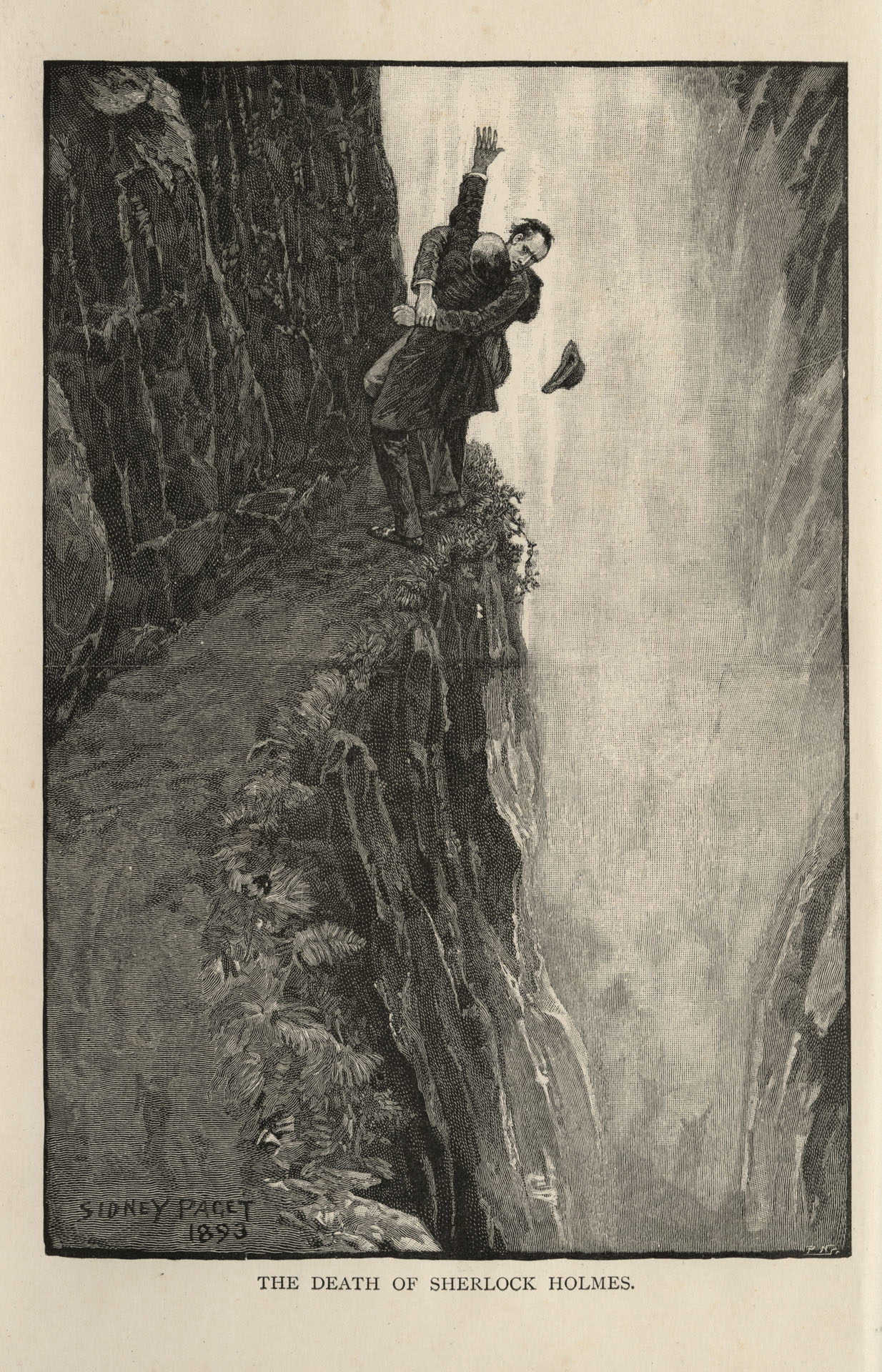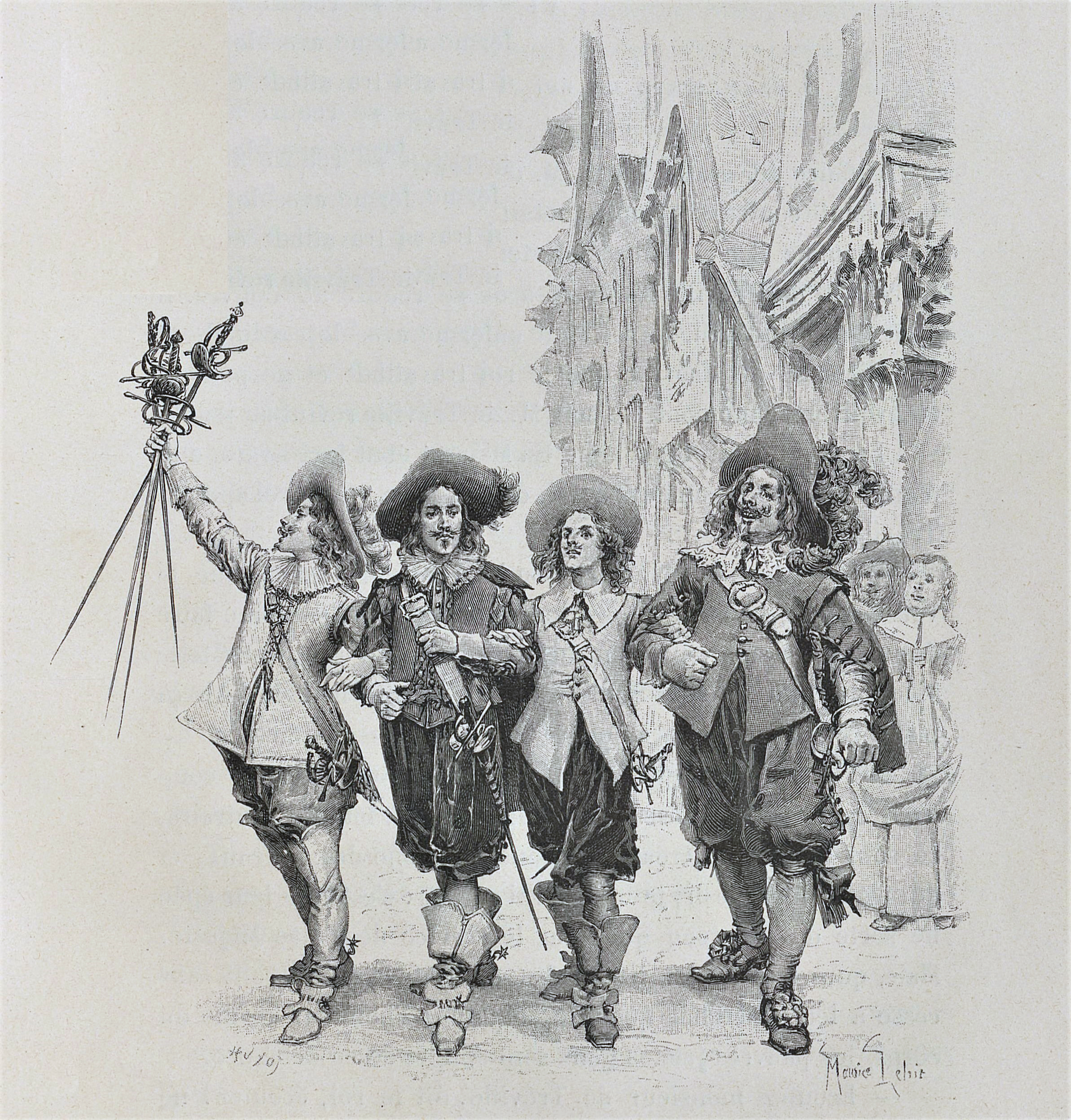|
Space Quest
''Space Quest'' is a series of six comic science fiction adventure games released between 1986 and 1995. The games follow the adventures of a hopeless janitor named Roger Wilco, who campaigns through the galaxy for "truth, justice and really clean floors". Initially created for Sierra On-Line by Mark Crowe and Scott Murphy (who called themselves the "Two Guys from Andromeda"), the games parodied both science fiction properties such as ''Star Wars'' and ''Star Trek'' (the theme song itself is a parody of the ''Star Wars'' theme), as well as pop-culture phenomena from McDonald's to Microsoft. The series featured a silly sense of humor heavily reliant on puns and wacky storylines. Roger Wilco, a perpetual loser, is often depicted as the underdog who repeatedly saves the universe (often by accident), only to be either ignored or punished for violating minor regulations in the process. Development Scott Murphy and Mark Crowe, who had already worked together on the Sierra game '' ... [...More Info...] [...Related Items...] OR: [Wikipedia] [Google] [Baidu] |
Space Quest III
''Space Quest III: The Pirates of Pestulon'' is a 1989 graphic adventure game by Sierra On-Line, and the third game in the ''Space Quest'' series. Plot Roger Wilco's escape pod from the end of ''Space Quest II'' is floating in space until it is picked up by an automated garbage freighter. Finding a derelict spaceship amongst the freighter's garbage, Roger sets out to repair the ''Aluminum Mallard'' and leave the scow. Roger visits a variety of locations, including a fast food restaurant called Monolith Burger and a desert planet called Phleebhut. At the latter, he encounters trouble, as ''Arnoid the Annihilator'' (an Arnold Schwarzenegger-like android terminator) persecutes him for not paying for a whistle acquired in ''Space Quest II''. From information he picks up there and at Monolith Burger, Roger eventually uncovers the sinister activities of a video game company known as ScumSoft, run by the "Pirates of Pestulon". Pestulon, a small moon of the volcanic planet Ortega, i ... [...More Info...] [...Related Items...] OR: [Wikipedia] [Google] [Baidu] |
Space Quest I
''Space Quest: Chapter I – The Sarien Encounter'', commonly known as ''Space Quest I'', is a graphic adventure game released in October 1986 by Sierra On-Line. It is the first game in the ''Space Quest'' series. It quickly became a hit, selling in excess of 100,000 copies. Total sales are believed to be around 200,000 to date, not including the many compilations it has been included in. ''Space Quest'' was the brainchild of Sierra programmers Scott Murphy and Mark Crowe, who had worked on prior titles like '' King's Quest II'', but had not designed their own game before. According to Murphy, "at that time (1985), everything at Sierra was so somber and had an almost medieval atmosphere. So we decided 'Why not make a fun, silly game?'" In 1992, '' Adventure Comics'' created a three issue comic, based on the game's plot. Plot Players of the original game are never told the hero's name, but are instead asked to enter their own. The default name of " Roger Wilco" — a reference to t ... [...More Info...] [...Related Items...] OR: [Wikipedia] [Google] [Baidu] |
Space Quest Logo
Space is the boundless three-dimensional extent in which objects and events have relative position and direction. In classical physics, physical space is often conceived in three linear dimensions, although modern physicists usually consider it, with time, to be part of a boundless four-dimensional continuum known as spacetime. The concept of space is considered to be of fundamental importance to an understanding of the physical universe. However, disagreement continues between philosophers over whether it is itself an entity, a relationship between entities, or part of a conceptual framework. Debates concerning the nature, essence and the mode of existence of space date back to antiquity; namely, to treatises like the ''Timaeus'' of Plato, or Socrates in his reflections on what the Greeks called ''khôra'' (i.e. "space"), or in the ''Physics'' of Aristotle (Book IV, Delta) in the definition of ''topos'' (i.e. place), or in the later "geometrical conception of place" as "space ... [...More Info...] [...Related Items...] OR: [Wikipedia] [Google] [Baidu] |
3D Computer Graphics
3D computer graphics, or “3D graphics,” sometimes called CGI, 3D-CGI or three-dimensional computer graphics are graphics that use a three-dimensional representation of geometric data (often Cartesian) that is stored in the computer for the purposes of performing calculations and rendering digital images, usually 2D images but sometimes 3D images. The resulting images may be stored for viewing later (possibly as an animation) or displayed in real time. 3D computer graphics, contrary to what the name suggests, are most often displayed on two-dimensional displays. Unlike 3D film and similar techniques, the result is two-dimensional, without visual depth. More often, 3D graphics are being displayed on 3D displays, like in virtual reality systems. 3D graphics stand in contrast to 2D computer graphics which typically use completely different methods and formats for creation and rendering. 3D computer graphics rely on many of the same algorithms as 2D computer vector gr ... [...More Info...] [...Related Items...] OR: [Wikipedia] [Google] [Baidu] |
Space Quest IV
''Space Quest IV: Roger Wilco and the Time Rippers'' is a 1991 graphic adventure game by Sierra On-Line. It was released on floppy disks on March 4, 1991, and released on CD-ROM in December 1992 with full speech support and featuring ''Laugh-In'' announcer Gary Owens as the voice of the narrator. It featured 256-color hand painted graphics and a fully mouse-driven interface. It was one of the first video games to use motion capture animation. It cost over US$1,000,000 to produce and sold more than its three predecessors combined. An Atari ST version was announced via Sierra Online's magazine, Sierra News Magazine, but was later canceled. Plot In this installment, Roger embarks on a time-travel adventure through ''Space Quest'' games both past and future. A reborn Sludge Vohaul from ''Space Quest XII: Vohaul's Revenge II'' chases Roger through time in an attempt to finally kill him. Roger also visits ''Space Quest X: Latex Babes of Estros'' (whose title is a parody of Infocom's g ... [...More Info...] [...Related Items...] OR: [Wikipedia] [Google] [Baidu] |
Space Quest II
''Space Quest II: Chapter II – Vohaul's Revenge'', commonly known as ''Space Quest II: Vohaul's Revenge'', is a graphic adventure game released on November 14, 1987 by Sierra On-Line. It was the sequel to '' Space Quest I: The Sarien Encounter'', again using Sierra's AGI game engine. Plot A comic is included in the manual to explain to the player what events have occurred since ''Space Quest I'', when Roger became Hero of Xenon. The player also learns of the villain Sludge Vohaul, who was behind the original Sarien attack of the ''Arcada'', and how he was driven mad. Despite his newfound status as hero, Roger is transferred to the Xenon Orbital Station 4 and promoted to Head (and only) Janitor. After some time he is abducted by Sludge Vohaul. As Roger is being transported to the Labion labour mines as punishment for thwarting Sludge's original plan, the prison ship crash-lands in a nearby jungle upon the planet. He manages to escape his pursuers and the dangers of the Labion ... [...More Info...] [...Related Items...] OR: [Wikipedia] [Google] [Baidu] |
Retro Gamer
''Retro Gamer'' is a British magazine, published worldwide, covering retro video games. It was the first commercial magazine to be devoted entirely to the subject. Launched in January 2004 as a quarterly publication, ''Retro Gamer'' soon became a monthly. In 2005, a general decline in gaming and computer magazine readership led to the closure of its publishers, Live Publishing, and the rights to the magazine were later purchased by Imagine Publishing. It was taken over by Future plc on 21 October 2016, following Future's acquisition of Imagine Publishing. History The first 18 issues of the magazine came with a coverdisk. It usually contained freeware remakes of retro video games and emulators, but also videos and free commercial PC software such as ''The Games Factory'' and '' The Elder Scrolls: Arena''. Some issues had themed CDs containing the entire back catalogue of a publisher such as Durell, Llamasoft and Gremlin Graphics. On 27 September 2005, the magazine's original p ... [...More Info...] [...Related Items...] OR: [Wikipedia] [Google] [Baidu] |
Retcon
Retroactive continuity, or retcon for short, is a literary device in which established diegetic facts in the plot of a fictional work (those established through the narrative itself) are adjusted, ignored, supplemented, or contradicted by a subsequently published work which recontextualizes or breaks continuity with the former. There are various motivations for applying retroactive continuity, including: * To accommodate desired aspects of sequels or derivative works which would otherwise be ruled out. * To respond to negative fan reception of previous stories. * To correct and overcome errors or problems identified in the prior work since its publication. * To change or clarify how the prior work should be interpreted. * To match reality, when assumptions or projections of the future are later proven wrong. Retcons are used by authors to increase their creative freedom, on the assumption that the changes are unimportant to the audience compared to the new story which can be tol ... [...More Info...] [...Related Items...] OR: [Wikipedia] [Google] [Baidu] |
Devon Aidendale
''Quest for Glory'' is a series of hybrid adventure/role-playing video games, which were designed by Corey and Lori Ann Cole. The series was created in the Sierra Creative Interpreter, a toolset developed at Sierra specifically to assist with adventure game development. The series combines humor, puzzle elements, themes and characters borrowed from various legends, puns, and memorable characters, creating a 5-part series in the Sierra stable. The series was originally titled ''Hero's Quest''. However, Sierra failed to trademark the name. The Milton Bradley Company successfully trademarked an electronic version of their unrelated joint Games Workshop board game, '' HeroQuest'', which forced Sierra to change the series' title to ''Quest for Glory''. This decision meant that all future games in the series (as well as newer releases of ''Hero's Quest I'') used the new name. Series Lori Cole pitched ''Quest for Glory'' to Sierra as a "rich, narrative-driven, role-playing expe ... [...More Info...] [...Related Items...] OR: [Wikipedia] [Google] [Baidu] |
Guybrush Threepwood
Guybrush Ulysses Threepwood is a fictional character who serves as the main protagonist of the ''Monkey Island'' series of computer adventure games by LucasArts. Guybrush is voiced by actor Dominic Armato in the third, fourth, fifth, and sixth games, as well as the enhanced remakes of ''The Secret of Monkey Island'' and '' Monkey Island 2: LeChuck's Revenge''. Though a "mighty pirate" by his own account, he is a rather clumsy and disorganized protagonist throughout the series. It is a running joke throughout the games for characters to garble Guybrush Threepwood's unusual name, either deliberately or accidentally. Name The origin of the name "Guybrush" comes in part from Deluxe Paint, the tool used by the artists to create the character sprite. Since the character had no name at this point, the file was simply called "". When the file was saved, Steve Purcell, the artist responsible for the sprite, added "" to the filename, indicating that it was the Deluxe Paint "brush file" for ... [...More Info...] [...Related Items...] OR: [Wikipedia] [Google] [Baidu] |
Blond
Blond (male) or blonde (female), also referred to as fair hair, is a hair color characterized by low levels of the dark pigment eumelanin. The resultant visible hue depends on various factors, but always has some yellowish color. The color can be from the very pale blond (caused by a patchy, scarce distribution of pigment) to reddish "strawberry" blond or golden-brownish ("sandy") blond colors (the latter with more eumelanin). Occasionally, the state of being blond, and specifically the occurrence of blond traits in a predominantly dark or colored population are referred to as blondism. Because hair color tends to darken with age, natural blond hair is significantly less common in adulthood. Naturally-occurring blond hair is primarily found in people living in or descended from people who lived in the northern half of Europe, and may have evolved alongside the development of light skin that enables more efficient synthesis of vitamin D, due to northern Europe's lower levels of ... [...More Info...] [...Related Items...] OR: [Wikipedia] [Google] [Baidu] |
Swashbuckling
A swashbuckler is a genre of European adventure literature that focuses on a heroic protagonist stock character who is skilled in swordsmanship, acrobatics, guile and possesses chivalrous ideals. A "swashbuckler" protagonist is heroic, daring, and idealistic: he rescues damsels in distress, protects the downtrodden, and uses duels to defend his honor or that of a lady or to avenge a comrade. Swashbucklers often engage in daring and romantic adventures with bravado or flamboyance. Swashbuckler heroes are gentleman adventurers who dress elegantly and flamboyantly in coats, waistcoats, tight breeches, large feathered hats, and high leather boots, and they are armed with the thin rapiers used by aristocrats. Swashbucklers are not unrepentant brigands or pirates, although some may rise from such disreputable stations and achieve redemption. [...More Info...] [...Related Items...] OR: [Wikipedia] [Google] [Baidu] |


